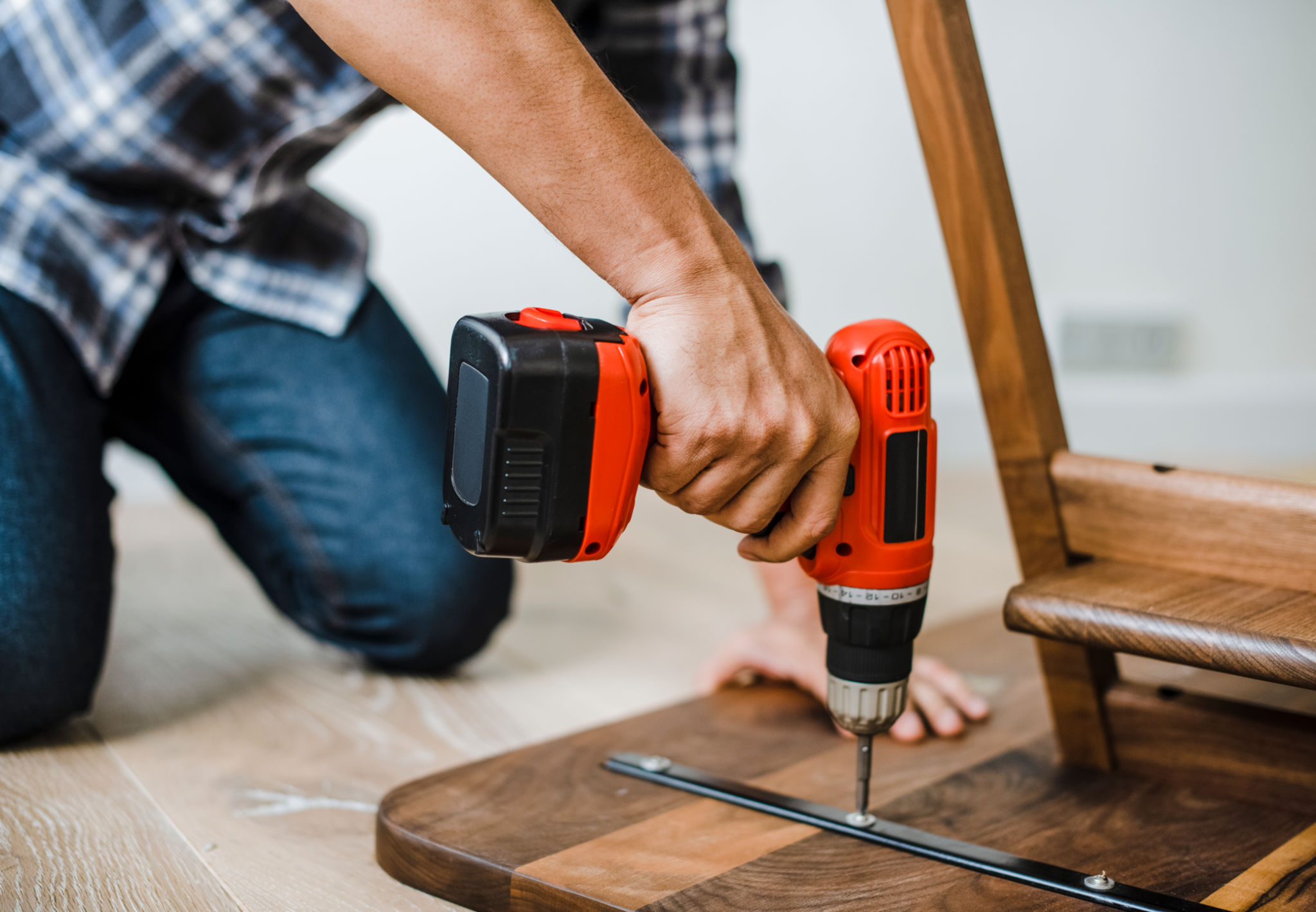DIY Electronics Projects: Tips for Beginners
Getting Started with DIY Electronics
Embarking on a journey into the world of DIY electronics can be both exciting and overwhelming. As a beginner, it's crucial to start with the basics and gradually build your skills. This guide will help you navigate through some fundamental tips to kickstart your projects successfully. Whether you're interested in creating simple gadgets or exploring more complex circuits, these pointers will set you on the right path.
Before diving into any project, it's essential to understand the basic components you'll be working with. Common elements include resistors, capacitors, transistors, and diodes. Familiarize yourself with their functions and specifications. Knowing your components will not only help you in designing circuits but also in troubleshooting them if needed.

Essential Tools for Beginners
Having the right tools can make a significant difference in your DIY electronics experience. Start with a basic toolkit that includes a soldering iron, multimeter, wire cutters, and a breadboard. These tools will allow you to assemble and test your circuits effectively. As you advance, you might want to invest in more specialized equipment like oscilloscopes or logic analyzers.
A soldering iron is particularly crucial for connecting components securely. Practice makes perfect, so spend some time honing your soldering skills on scrap materials before tackling your main project. Additionally, a multimeter is invaluable for measuring voltage, current, and resistance, helping you ensure your circuit is functioning correctly.
Choosing the Right Project
When starting out, it's best to choose projects that match your skill level. Look for beginner-friendly kits or tutorials online that clearly outline step-by-step instructions. Some popular choices include building LED blinkers, simple radios, or basic alarm systems. These projects will provide you with a sense of accomplishment while gradually introducing you to more complex concepts.

Engaging with online communities can also be incredibly beneficial. Platforms like forums and social media groups are filled with enthusiasts eager to share their experiences and offer advice. Don't hesitate to ask questions or seek guidance when you're stuck; the DIY electronics community is known for being welcoming and supportive.
Understanding Circuit Diagrams
Circuit diagrams are essential in planning and executing your projects. These visual representations show how components are connected and interact with each other. Learning to read circuit diagrams might seem daunting at first, but with practice, you'll find it becomes second nature. Start by studying simple diagrams and gradually move on to more complex schematics.
Create a habit of sketching your own diagrams before building a project. This practice will help you visualize the connections and prevent potential mistakes during assembly. There are also software tools available that can assist in designing and simulating circuits before physically building them.

Troubleshooting Tips
Even experienced hobbyists encounter issues when working on electronics projects. Learning how to troubleshoot effectively is an invaluable skill. Start by double-checking all connections and ensuring components are placed correctly on the breadboard or PCB. Use your multimeter to test different parts of the circuit to identify where the problem might lie.
If a project isn't working as expected, take a systematic approach to diagnose the issue. Break down the circuit into smaller sections and test each one individually. This methodical approach will help you pinpoint the source of the problem more efficiently.
Staying Safe
Safety should always be a top priority when working with electronics. Always ensure your work area is clean and free from clutter. Wear safety glasses when soldering or handling components that could potentially cause harm. Additionally, be mindful of electrical safety; never work on live circuits and always double-check power sources before connecting them.
As you gain confidence in your skills, remember that patience and perseverance are key. DIY electronics can be challenging but also incredibly rewarding as you see your creations come to life.
